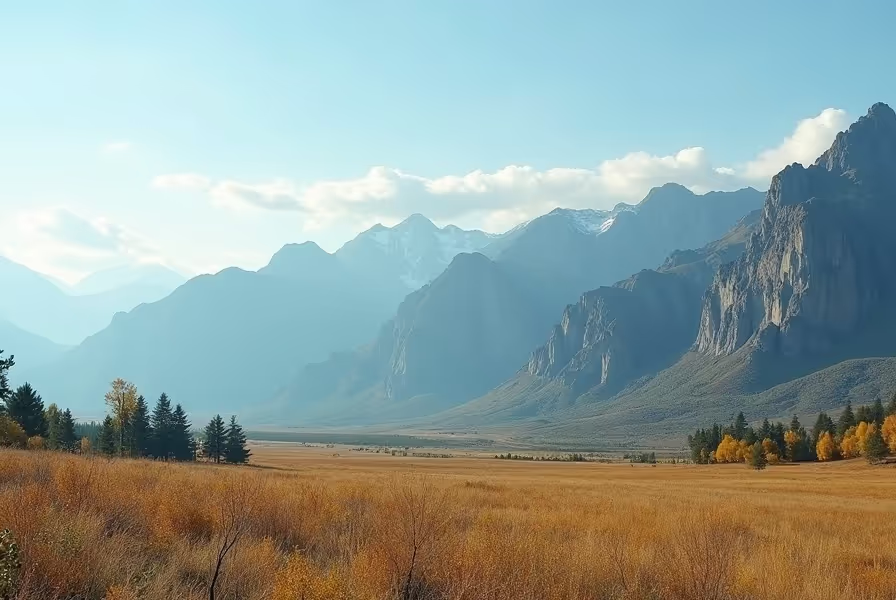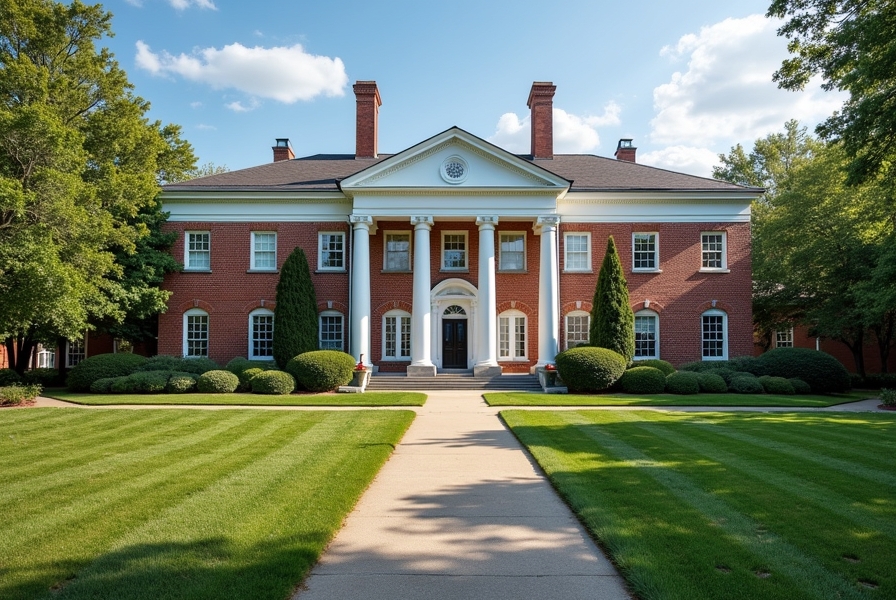Discovering Nebraska’s Unique Landscape
When most people think of Nebraska, they imagine rolling plains, vast farmlands, and prairie grass stretching into the distance. But a common question arises — are there mountains in Nebraska? The answer might surprise you. While Nebraska isn't known for towering peaks like the Rockies, it does feature mountain-like terrain, high elevations, and distinct geographical features worth exploring.
Nebraska's Geographic Overview: Plains with a Twist
Nebraska spans approximately 77,000 square miles in the central United States. Its landscape is diverse, yet subtle in its changes. The state is divided primarily into two major land regions:
- The Dissected Till Plains: Located in the eastern portion, this region comprises rolling hills formed by retreating glaciers during the Ice Age.
- The Great Plains: Covering the rest of the state, this area includes prairies, sandhills, buttes, and plateaus.
Despite its flatland reputation, Nebraska holds several elevated features that resemble mountains and offer panoramic views and outdoor adventures.
Does Nebraska Have Any Mountains?
Technically, Nebraska doesn’t have traditional mountain ranges like the Rockies or the Sierra Nevadas. But it does have mountain-like formations — prominent high-points and rugged geological structures. These are commonly referred to as "buttes" or "highlands."
Though not soaring in elevation, some of Nebraska’s high points stand tall above the surrounding terrain. These spots often attract hikers, geologists, and nature lovers looking for unique Midwestern vistas.
Highest Elevation Point in Nebraska
The highest point in Nebraska is Panorama Point, located in the southwestern corner of the state near the Colorado and Wyoming borders. While Panorama Point is not a mountain in the traditional sense, it is part of a subtle rise in the High Plains.
- Elevation: 5,429 feet (1,655 meters) above sea level
- Location: Kimball County, southwestern Nebraska
From this point, you can view both the Rocky Mountains on the horizon and experience wide, open skies typical of Nebraska’s terrain.
Mountain-Like Features and Natural Elevations in Nebraska
Several notable landforms in Nebraska offer breathtaking views and rugged terrain that mimic mountainous regions. These natural formations may not meet the strict geological definition of a mountain, but they provide similar experiences.
Scotts Bluff National Monument
An iconic natural landmark in western Nebraska, Scotts Bluff rises more than 800 feet above the North Platte River. Comprised of sandstone, siltstone, and volcanic ash, it served as an essential landmark for pioneers on the Oregon Trail.
- Elevated views and hiking trails
- Rich historical significance
Chadron State Park and Pine Ridge Escarpment
Located in northwestern Nebraska, this region features forested highlands, rugged cliffs, and deep canyons. The Pine Ridge Escarpment gives the impression of small mountain ranges breaking the otherwise flat skyline.
- Popular for hiking, horseback riding, and wildlife observation
- Elevation ranges around 4,000 to 5,000 feet
Wildcat Hills State Recreation Area
South of Scottsbluff, the Wildcat Hills are an erosion-formed escarpment featuring pine-covered ridges and rocky outcrops. It’s an excellent area for hiking and enjoying Nebraska's unexpected ruggedness.
- Elevation reaches up to 5,000 feet
- Home to bighorn sheep and diverse bird species
How Nebraska’s Elevation Shapes Its Climate and Landscape
One of the most unique aspects of Nebraska is its gradual elevation gain from east to west. Starting around 840 feet above sea level in Omaha and rising to over 5,000 feet near the western border, the change is significant but often goes unnoticed because of the steady incline.
This shift creates:
- Variations in climate: Western Nebraska experiences cooler temperatures and lower humidity.
- Change in vegetation: From tallgrass prairie in the east to shortgrass and semi-arid scrub in the west.
- Geological diversity: Including sand dunes, buttes, escarpments, and forested hills.
Are There Hiking Opportunities in Nebraska’s High Areas?
Absolutely. Nebraska may surprise you with its outdoor experiences. While the state lacks alpine peaks, there are several elevated trails and scenic lookouts that offer a mountain-like atmosphere. These areas include:
- Ponca State Park and the Missouri River Bluffs
- Toadstool Geologic Park near Crawford
- Bellevue Loop Trail with high elevation vistas
Whether you're an avid hiker or a casual nature lover, Nebraska offers impressive landscapes that combine elevation with accessibility.
FAQs About Nebraska’s Terrain and Elevation
Is Nebraska entirely flat?
No. While parts of Nebraska, especially in the east, are relatively flat, the state features significant elevation changes and rugged terrain in the west.
What is the difference between Nebraska’s buttes and mountains?
Mountains are generally formed by tectonic forces and are higher in elevation. Nebraska's buttes are formed through erosion and stand tall over the plains but are not considered true mountains by geologists.
What is the most elevated area in Nebraska?
Panorama Point, at 5,429 feet, is the highest natural point in the state.
Can I see real mountains from Nebraska?
Yes, from Panorama Point and the far western regions, you can sometimes see the distant Rocky Mountains in Colorado and Wyoming on clear days.
Are there forests or wooded areas in Nebraska’s highlands?
Yes, the Pine Ridge area in the northwest features forested bluffs and ridges with ponderosa pines and wildlife habitats.
Why Nebraska’s Elevation and Terrain Matter
Understanding Nebraska’s geography helps you appreciate its hidden beauty. It’s not just flat landscapes; it’s wind-carved buttes, highland escarpments, and gentle mountain-like ridges. These features add richness to the outdoor experience and reveal a part of Nebraska many travelers overlook.
Whether you're curious about elevation, searching for hiking destinations, or just learning about Midwestern terrain, Nebraska has layers of nature and geography waiting for you.
Key Takeaways: Is There Mountainous Terrain in Nebraska?
- No traditional mountain ranges but notable highlands and buttes
- Panorama Point is the state's highest elevation at 5,429 feet
- Mountain-like areas include Scotts Bluff, Pine Ridge, and Wildcat Hills
- Nebraska’s terrain is diverse, offering hiking, scenic views, and natural beauty
So, while Nebraska may not rival Colorado in alpine peaks, it embraces its own elevation charm with quiet strength. Explore it and you’ll see — the Cornhusker State has more elevation than you think.










.svg)



